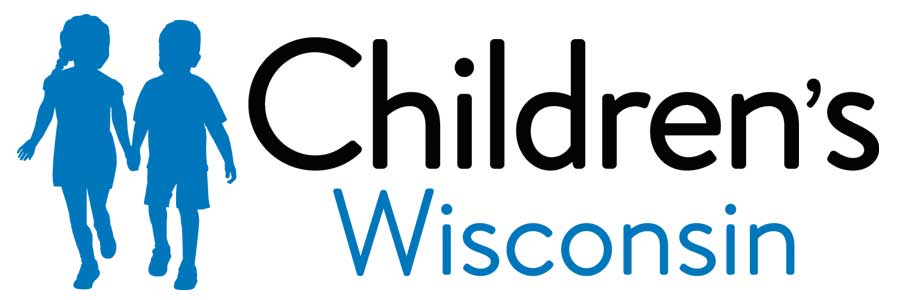Dispositivos de amplificación (1804)
Key points below
An amplification device helps a person hear better. There are different types of devices. Your audiologist will help you decide which type is best for your child. Types of amplification devices:
Hearing Aids
A hearing aid is a device that is worn behind the ear. Part of it is also in the ear. Hearing aids make sounds louder. This will help your child hear more speech and other sounds around them. Hearing aids work well for children with all types of hearing loss, when there is an outer ear.
Osseointegrated Bone Conduction Devices
This device sends sound through the skull right into the inner ear. In children under 5 years of age, the device is worn on a soft headband. In children over 5 years, they may be implanted. This means part of the device is placed permanently in their skull. Osseointegrated devices are used with conductive or mixed hearing loss in one or both ears. This is a good option for children without an outer ear. They are also used with single-sided deafness. This is when the child has poor hearing in one ear and normal hearing in the other ear.
Contralateral Routing of Signals (CROS) Devices
- A CROS device is a hearing aid used to treat hearing loss in patients with single sided deafness. Patients often have normal hearing or a slight hearing loss in the other ear. The CROS device has a microphone that sits behind the poor ear. It also has a receiver that sits behind the better ear. Sound is picked up from the microphone and is sent wirelessly to the better hearing ear.
- A BiCROS (Bilateral Contralateral Routing Signals) may be used for children with poor hearing in one ear and some hearing loss in the other ear. The receiver on the better hearing ear will provide extra amplification.
Cochlear Implants
A cochlear implant is a device that is placed during surgery. It helps detect sound. It can help with understanding speech. It is used for children with severe to profound sensorineural hearing loss who do not get much benefit from other hearing aids. The cochlear implant has 2 parts. The internal receiver is placed inside the ear during surgery. The second part sits outside of the head. It connects to the internal part by a magnet. A trial with hearing aids is required before an evaluation for a cochlear implant.
FM/DM System
An FM/DM system is an assistive listening device. It makes listening easier in noisy settings. The FM/DM system increases the main sound over the competing background noise. It is often used in a classroom setting.
The teacher wears a microphone. The sound goes to a receiver. The receiver can either be:
- a speaker.
- attached to a hearing aid.
- worn on the ear as a receiver.
For more health and wellness information check out this resource:https://kidshealth.org/ChildrensWi/en/parents
